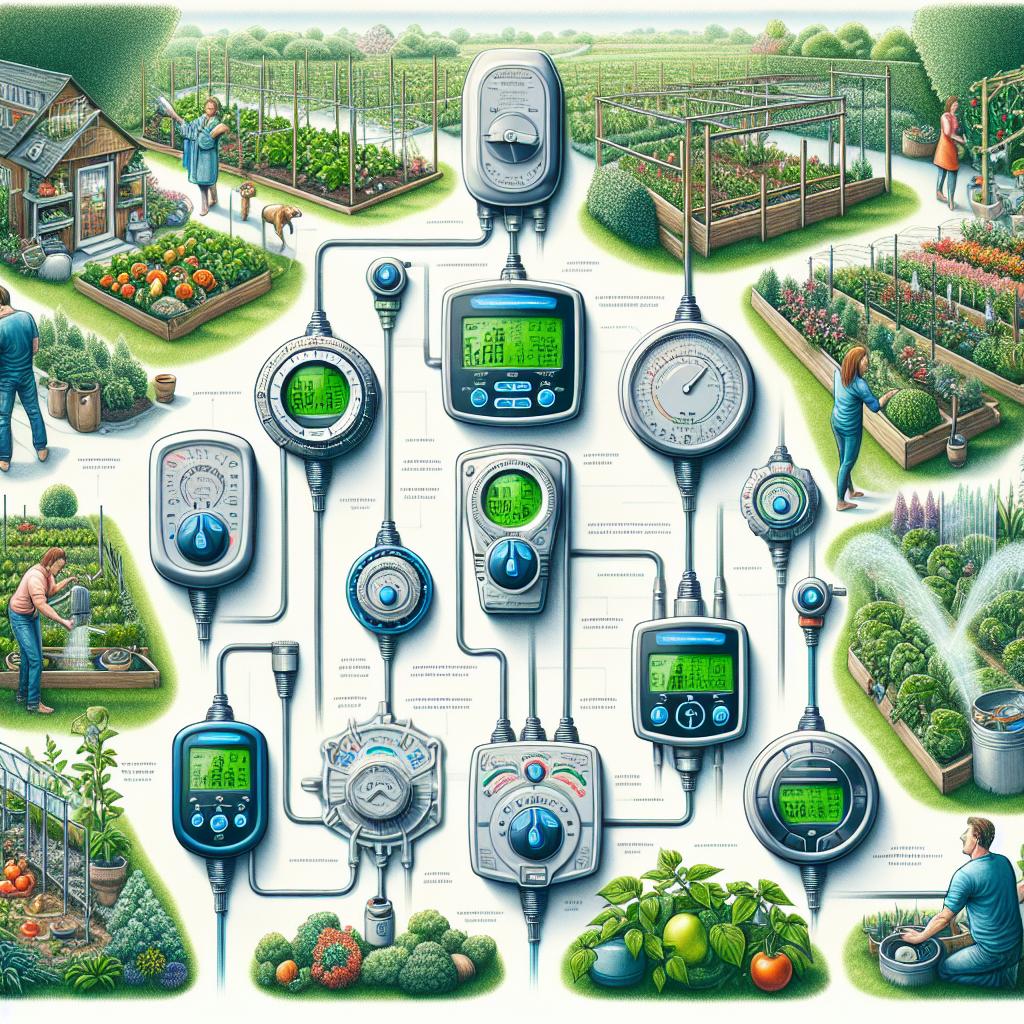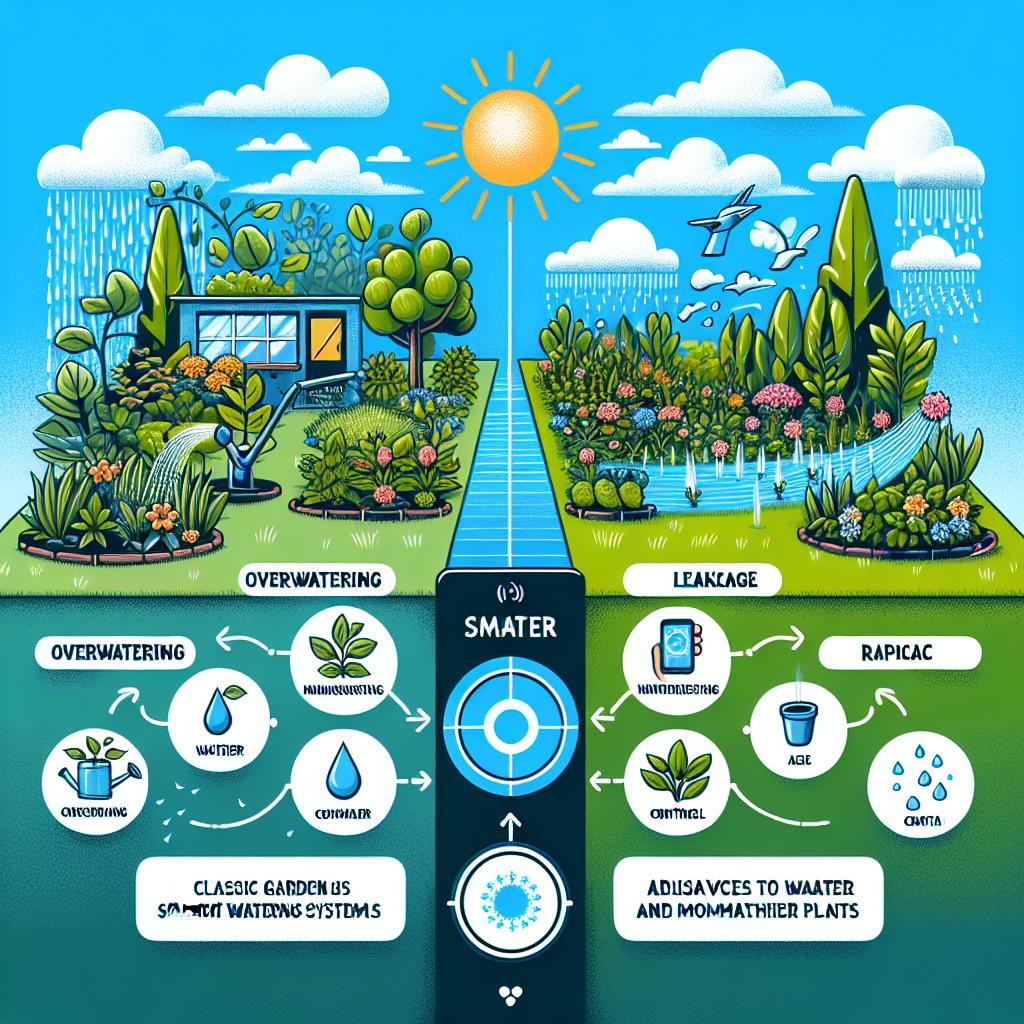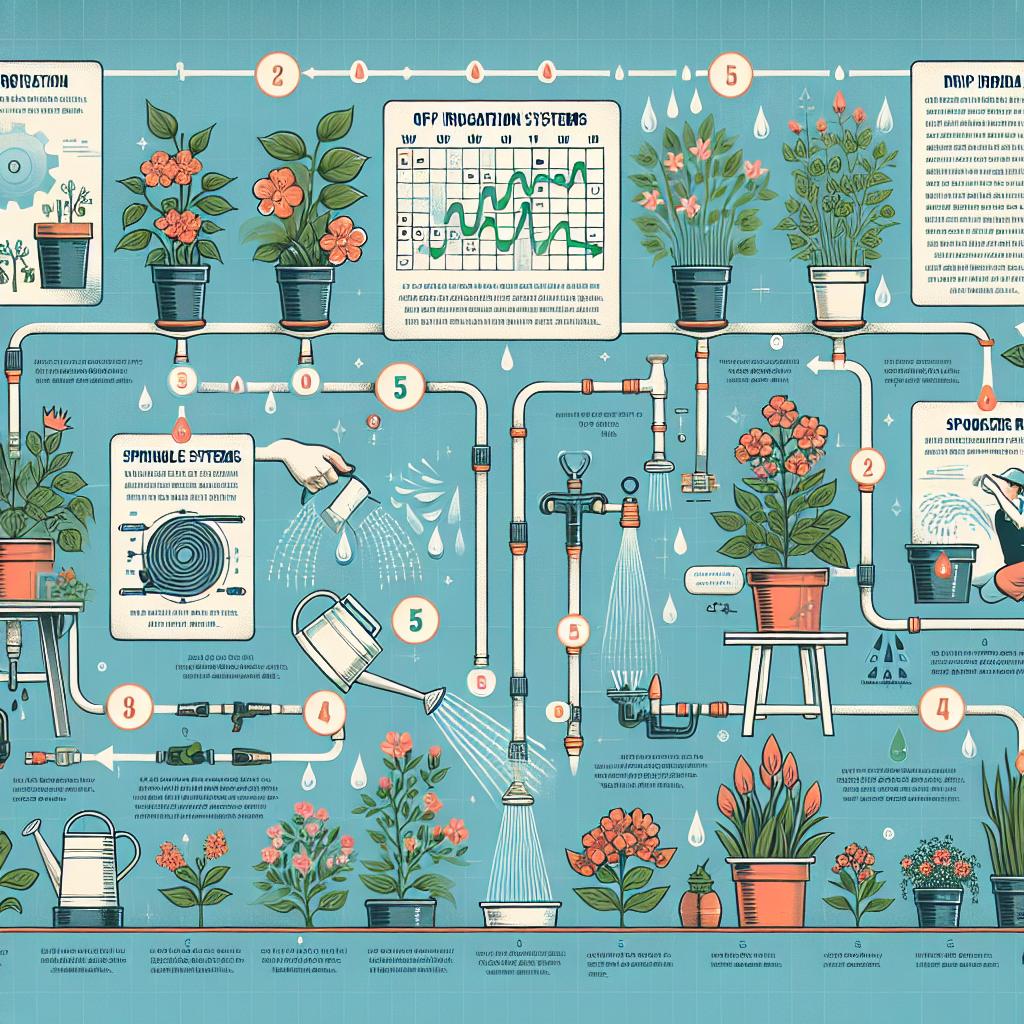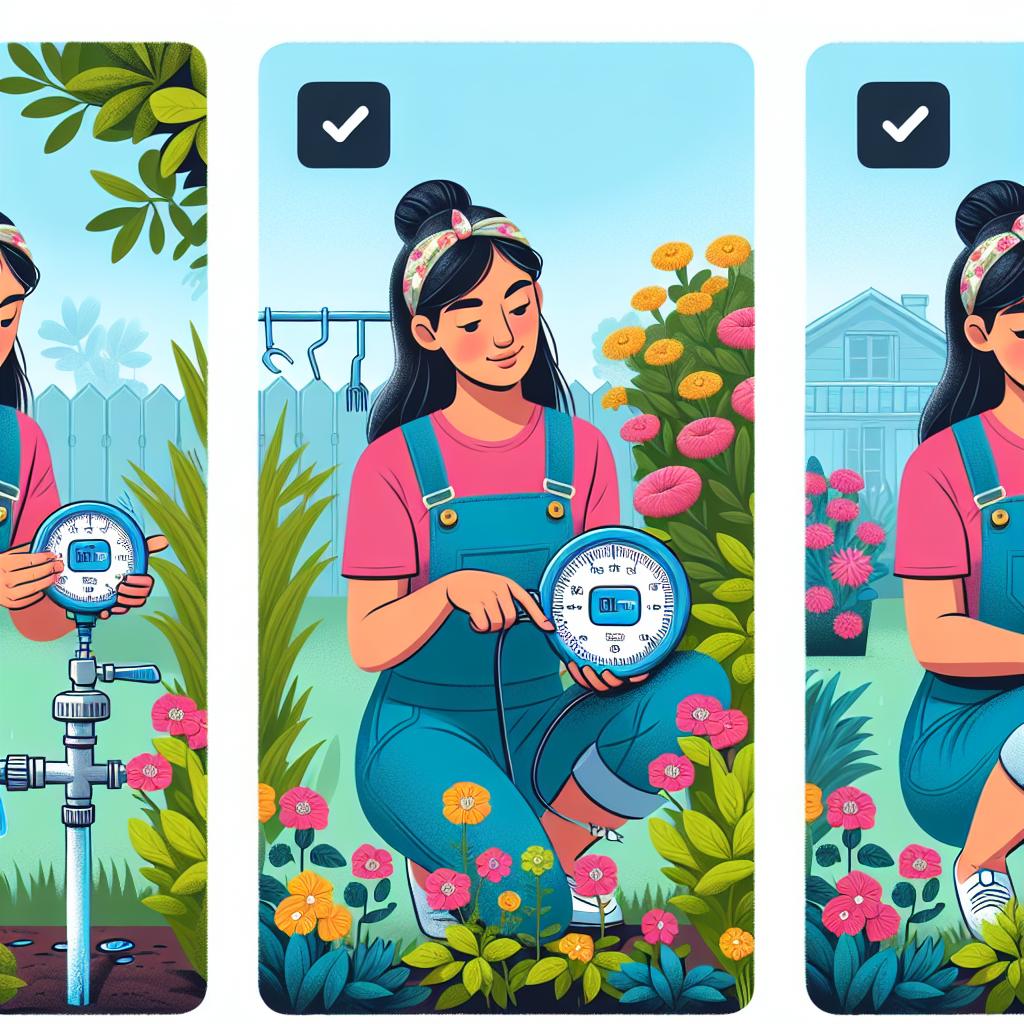This post may contain affiliate links which means I may receive a commission for purchases made through links. Learn more on my Private Policy page.
Unlocking the Secrets of Your Garden: A Friendly Guide to Irrigation System Timers and Controls
Imagine stepping out into your garden, where vibrant blooms are in full swing and vegetables are thriving. A lush paradise like this doesn’t just happen by chance; it takes a little know-how—and that’s where irrigation system timers and controls come into play! Gone are the days of hauling hoses and fretting over wilted plants. With the right technology, you can keep your garden hydrated with ease, ensuring that every leaf and petal gets the attention it deserves.
In this article, we’ll embark on a friendly exploration of the various irrigation system timers and controls available to you. Whether you’re a seasoned gardening guru or a curious newbie looking to nurture your green thumb, understanding these tools will empower you to cultivate a flourishing landscape. From simple timers to sophisticated smart controls, we’ll break down the options, features, and benefits, making it easy to identify the perfect solution for your watering needs. So grab a cup of tea, and let’s dig into the world of irrigation systems—your garden will thank you!
Exploring the Variety of Irrigation Timers: Finding the Perfect Fit for Your Garden
When diving into the world of irrigation timers, you’ll quickly discover an array of options designed to suit various garden needs. Digital timers are a favorite for their precision and programmability, allowing you to set specific watering schedules at varying intervals. On the other hand, mechanical timers offer a budget-friendly and straightforward solution, perfect for those who prefer simplicity without any bells and whistles. If you’re looking for a sustainable choice, consider smart irrigation controllers that utilize weather data and soil moisture levels to optimize water usage, giving your garden just the right amount of moisture while conserving resources. With these diverse options, finding the right fit for your garden has never been easier.
To help visualize the differences in features, here’s a handy comparison of popular irrigation timer types:
| Timer Type | Features | Ideal For |
|---|---|---|
| Digital Timers | Programmable, precise scheduling, multiple zone management | Tech-savvy gardeners |
| Mechanical Timers | Simple turn-dial operation, no batteries required | Budget-conscious beginners |
| Smart Irrigation Controllers | Climate-responsive, smartphone app integration | Eco-conscious gardeners looking to optimize water use |
When selecting the perfect timer, consider the unique needs of your garden, such as plant types, size, and climate. By understanding the features and benefits of each timer type, you’ll be equipped to make an informed decision, ensuring your garden receives just the right amount of attention without the hassle of manual watering. Let your plants thrive with an irrigation timer that fits perfectly into your gardening routine!

The Benefits of Smart Controls: Revolutionizing Your Watering Routine
The advent of smart controls is transforming the way we manage our irrigation systems, leading to a seamless and more efficient watering routine. These innovative devices allow homeowners to tailor their watering schedules based on real-time weather data, soil moisture levels, and even plant types. Imagine a system that automatically adjusts to the rain, ensuring your garden gets just the right amount of water without any guesswork. With smart controls, you can say goodbye to overwatering or under-watering, thereby promoting healthier plants and conserving precious water resources.
Among the exciting features of these advanced irrigation timers are mobile app connectivity and user-friendly interfaces. Gardeners can easily monitor and control their watering systems right from their phones, empowering them to make adjustments on-the-go. This not only saves time but also enhances adaptability to sudden changes in weather. Key benefits of implementing such smart systems include:
- Water Conservation: Optimize usage by irrigating only when necessary.
- Cost Savings: Reduced water bills thanks to efficient management.
- Remote Access: Control your system from anywhere at any time.
- Data Tracking: Analyze and improve your gardening practices based on insights.

Crafting a Schedule: Tips for Optimizing Your Irrigation System
Creating an effective irrigation schedule is key to ensuring your plants receive the right amount of water without overloading your system. Start by assessing the specific needs of your garden or landscape, considering factors such as soil type, plant varieties, and local weather patterns. Group plants with similar watering needs together and establish a routine that accommodates their requirements. Remember to consider the time of day; early morning or late evening is ideal for watering to minimize evaporation. Utilize adjustable timers to help automate the process, and don’t forget to factor in seasonal changes.
Experimenting with different watering schedules may also yield surprising results. Here’s how you can optimize your setup:
- Frequency: Aim for deep watering sessions 2-3 times a week rather than light sprinkling daily.
- Duration: Adjust your watering duration based on weather reports. Extend your watering time during dry spells and reduce it during rainy periods.
- Soil Monitoring: Use soil moisture sensors to gain insights into when your lawn needs water, avoiding unnecessary irrigation.
| Time of Day | Benefits |
|---|---|
| Early Morning | Reduced evaporation, encourages strong root growth. |
| Late Evening | Absorption during cooler temperatures, prevents fungal growth. |
| Midday | Only if necessary, as evaporation rates are higher. |

Troubleshooting Common Timer Issues: Keeping Your Garden Flourishing
Even the most advanced timer systems can encounter hiccups that momentarily disrupt your garden’s rhythm. Issues like incorrect settings, power outages, or sensor malfunctions are relatively common but can easily be resolved with a bit of attention. To begin troubleshooting, check your timer’s display for error messages and ensure that all settings align with your current irrigation schedule. Sometimes, a simple reset can clear unresponsive behavior and restore normal functionality. Don’t forget to examine your power supply and connections; loose wires or dead batteries can be the culprits behind unexpected shutdowns.
Additionally, inspect the sensors used with your timer. Rain or moisture sensors, for instance, can sometimes malfunction, leading to unnecessary watering. You may need to clean the sensors or adjust their positioning to ensure they accurately read environmental conditions. For those using smart timers, network connectivity issues can arise, impacting remote operation. Always ensure you have a stable Wi-Fi connection and check for any software updates to keep your system running smoothly. If problems persist, refer to your timer’s manual for troubleshooting advice or consider reaching out to customer support for specific solutions.
Key Takeaways
As we close the curtain on our exploration of irrigation system timers and controls, it’s clear that nurturing our gardens and landscapes requires not just passion, but also a bit of savvy! From the straightforward analog timers that tickle our nostalgic fancy, to the smart controllers that harness the power of technology, each option brings its own unique advantages to the table.
Remember, choosing the right timer is like finding the perfect rhythm to a song; it sets the pace for your plants’ thriving journey. Whether you’re a seasoned green thumb or just starting your horticultural adventure, understanding these tools will help you cultivate not just lush greenery, but also a deeper connection to the life around you.
So, as you embark on your watering journey, may your plants flourish, your water bills remain manageable, and your evenings be filled with the soothing sound of a well-timed sprinkler. Happy gardening, and may your gardens grow as beautifully as your understanding of the systems that support them!
This post may contain affiliate links which means I may receive a commission for purchases made through links. Learn more on my Private Policy page.

